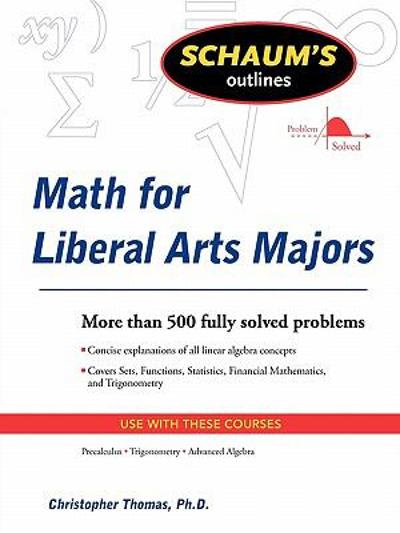Question
1.5.14 Statistician Jessica Utts has conducted extensive analysis of studies that have investigated psychic functioning. One type of study involves having one person (called the
1.5.14
Statistician Jessica Utts has conducted extensive analysis of studies that have investigated psychic functioning. One type of study involves having one person (called the "sender") concentrate on an image while a person in another room (the "receiver") tries to determine which image is being "sent." The receiver is given four images to choose from, one of which is the actual image that the sender is concentrating on. This is a technique called Ganzfeld. Bem and Honorton (1994) analyzed 329 Ganzfeld sessions and found a total of 106 hits. Utts (1995) also cites research from Morris et al. (1995) where, out of 97 Ganzfeld sessions, the receiver could correctly identify the image sent 32 times. You would like to know whether these data provide evidence that in Ganzfeld studies receivers will do better than just guess when picking which image is being sent.
Find the sample proportion of "hits" in Morris et al.'s study. How does this compare to the sample proportion of "hits" in Bem and Honorton's study: larger, smaller, or about the same?
A.32/329 = 9.7% (Morris et al.), 106/329 = 32.2% (Bem), "The proportions are not the same (Morris is smaller).
B.32/97 = 33.0% (Morris et al.) vs. 106/329=32.2% (Bern and Honorton). The proportions are about the same (Morris is just slightly more).
C.32/97 = 33.0% (Morris et al.), 106/97 = 109% (Bem), "The proportions are not the same (Morris is much smaller).
D32/100 =32.0% (Morris et al.), 106/100 = 106% (Bem), "The proportions are not the same (Morris is much smaller).
Will the p-value for Morris et al.'s study results be larger, smaller, or about the same compared to that of Bem and Honorton's? Explain your reasoning.
A.Thep-value for Morris will be larger because the sample proportion is smaller.
B.Thep-value for Morris will be larger because the sample size is smaller.
C.Thep-value for Morris will be smaller because the sample size is larger.
D.Thep-value for Morris will stay the same.
Use simulation to find and report a p-value in Morris et al.'s study. Based on this p-value, which of the following BEST represents the summary of your conclusion in the context of this study and why you have arrived at this conclusion?
A.The simulationp-value is approximately 0.048. This is strong evidence that the Ganzfeld receivers' choices are better than just chance.
B.The simulationp-value is approximately 0.48. This is strong evidence that the Ganzfeld receivers' choices are better than just chance.
C.The simulationp-value is approximately 0.48. This is not evidence that the Ganzfeld receivers' choices are better than just chance.
D.The simulationp-value is approximately 0.048. This is not evidence that the Ganzfeld receivers' choices are better than just chance.
Now carry out the same analysis, only instead of simulating the null, use the theory-based (normal approximation) approach for that null distribution. How does the p-value you found using the theory-based approach compare to the one you found using simulation? Is this surprising? Why or why not?
A.Thep-value = 0.0346. It is similar to what we got from simulation, which is not surprising because the validity conditions are met (32 successes and 65 failures).
B.Thep-value = 0.0346. It isnot similar to what we got from simulation, which is not surprising because the validity conditions are met (32 successes and 65 failures).
C.Thep-value =0.00346. It is not similar to what we got from simulation, which is surprising because the validity conditions are met (32 successes and 65 failures).
D.Thep-value = 0.00346. It is similar to what we got from simulation, which is not surprising because the validity conditions are met (32 successes and 65 failures).
Why do thep-values from the simulation versus theory based approaches in the Bern and Honorton study not differ as much from each other as do thep-values from the simulation versus theory-based approaches in Morris et al.'s study?
A.They are more similar in the previous study because the sample size is smaller and, even though the validity conditions are met here, the p-values will continue to get closer and closer together as the sample size decreases.
B.They are more similar in the previous study because the sample proportion is larger.
C.They are more similar in the previous study because the sample proportion is slightly smaller.
D.They are more similar in the previous study because the sample size is larger and, even though the validity conditions are met here, thep-values will continue to get closer and closer together as the sample size increases.
Step by Step Solution
There are 3 Steps involved in it
Step: 1

Get Instant Access to Expert-Tailored Solutions
See step-by-step solutions with expert insights and AI powered tools for academic success
Step: 2

Step: 3

Ace Your Homework with AI
Get the answers you need in no time with our AI-driven, step-by-step assistance
Get Started


